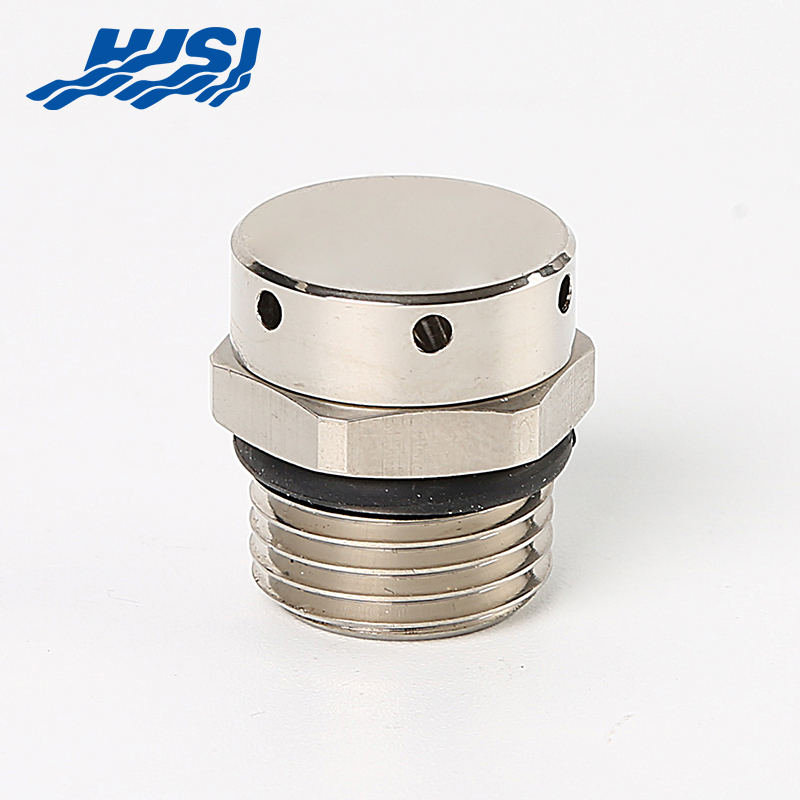A double compression nickel-plated brass flat cable gland is a type of cable management component used to secure and protect electrical cables in various applications. Designed with two compression mechanisms, these glands offer robust performance in environments that require both mechanical strength and protection against external factors like moisture, dust, and chemicals.

The distinguishing feature of these cable glands is their double compression mechanism. This design ensures a tighter seal around both the outer sheath and the inner conductors of the cable. The two compressions provide an added layer of security, preventing the cable from being pulled out and protecting the cable from damage due to external pressure or movement.
Nickel plating on brass provides several advantages. Brass is a strong, corrosion-resistant material, and the nickel plating enhances its resistance to rust, abrasion, and environmental degradation. This makes double compression nickel-plated brass cable glands particularly suitable for harsh environments, such as outdoor installations or areas prone to high humidity.
These cable glands are specifically designed for flat cables. Flat cables are commonly used in applications where space-saving is important, and their unique design requires a gland that can securely hold them in place. The flat shape of the cable makes it more vulnerable to damage from external forces, and a double compression cable gland ensures that the cable remains intact and protected.
The compression features not only secure the cable but also create a seal that prevents moisture, dirt, and other contaminants from entering the cable's internal structure. In addition to providing a protective seal, the glands offer strain relief by ensuring that the cable is held firmly in place, preventing undue stress on the connections.
Double compression nickel-plated brass flat cable glands come in various sizes to accommodate different cable diameters. This sizing flexibility makes them suitable for a wide range of cables, ensuring a secure fit for cables of varying thickness and constructions.
In industrial environments, where equipment may be exposed to vibration, moisture, or corrosive substances, double compression nickel-plated brass flat cable glands are used to secure cables in place. These glands protect cables from mechanical stress and environmental conditions, ensuring the long-term reliability of the machinery’s electrical components.
Automated systems, particularly those used in manufacturing plants or robotics, rely on secure and protected cable connections. The double compression design of these cable glands ensures that the cables remain intact and functional even when subjected to heavy use or harsh conditions, making them ideal for automation systems.
For telecommunication infrastructure, cable glands are necessary to maintain the integrity of the wiring system. Double compression nickel-plated brass flat cable glands are commonly used in this field to provide secure cable entries and protect sensitive telecommunication lines from environmental damage, which is crucial for maintaining signal integrity.
The corrosion-resistant properties of the nickel-plated brass make these cable glands suitable for outdoor and marine environments where exposure to water, salt, and other elements is a concern. Whether used in outdoor electrical panels, equipment, or marine installations, these glands ensure that the cables remain protected and functional despite harsh environmental conditions.
Double compression cable glands are often used in electrical enclosures and control panels, where cables need to pass through walls or barriers securely. These glands ensure that cables are sealed properly, protecting the internal components from dust, moisture, and other contaminants, while also maintaining the mechanical strength of the cable connection.